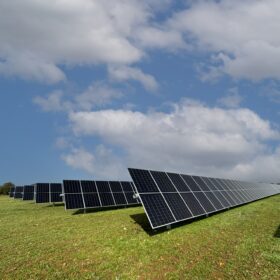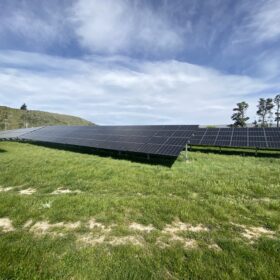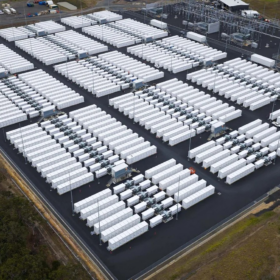A collaboration of electricity distribution network service provider (DNSP) Essential Energy, the University of New South Wales (UNSW) and industry cooperative research centre RACE for 2030, is focussed on the development of connected and islandable microgrids within the Australian distribution network.
Aimed at enhancing the integration of distributed energy resources (DER) and consumer energy resources (CER), the researchers also hope to improve security of supply, reduce costs related to network augmentation and maintenance, and promote economic activity.
UNSW Project Chief Investigator Mike Roberts said this project offers a unique opportunity to uncover valuable insights into the social, technical, and regulatory factors shaping microgrid deployment, paving the way for smarter and more sustainable energy solutions.
“This initiative enables us to explore innovative solutions for energy distribution while addressing the challenges of integrating microgrids into the broader system,” Roberts said.
The research builds upon the foundation of the Essential Energy’s accelerated roll-out of reliability-driven microgrids. The project will analyse regulatory barriers, community motivations, expectations and responses to microgrid technologies in two pilot areas.
Essential Energy Network Strategy and Future Networks Head Cory Urquhart said by collaborating with UNSW and key stakeholders the aim is to uncover strategies that drive sustainability, improve energy security, and help shape a more adaptive regulatory framework.
The goal is to shape best practices for community engagement and inform future regulatory approaches for microgrid projects.
A UNSW statement said the research helps develop insights and policy recommendations to support networks, which will help overcome existing barriers and increase stakeholder understanding of network-led microgrids.
The researchers will assess strategies and sentiment toward DER and microgrids, propose effective engagement strategies, and provide actionable recommendations for regulatory changes.
Insights will be used to inform requests for regulatory waivers and rule changes to enable future projects aiming for long-term impact, by 2034, to be a catalyst for broader DER adoption, enhanced community engagement, and improved microgrid projects across Australia.
In the short-term (to 2030), it is hoped to see reduced rooftop solar curtailment, and the elimination of regulatory barriers for DNSPs.
Essential Energy defines islandable microgrids as combining elements of both grid-connected and off-grid microgrids and can switch between the two modes as needed, and are suited to regional, rural and remote communities with intermittent grid supply, industrial complexes looking to optimise energy costs and resilience, and integrating more renewable energy sources while maintaining grid stability.
This content is protected by copyright and may not be reused. If you want to cooperate with us and would like to reuse some of our content, please contact: editors@pv-magazine.com.









By submitting this form you agree to pv magazine using your data for the purposes of publishing your comment.
Your personal data will only be disclosed or otherwise transmitted to third parties for the purposes of spam filtering or if this is necessary for technical maintenance of the website. Any other transfer to third parties will not take place unless this is justified on the basis of applicable data protection regulations or if pv magazine is legally obliged to do so.
You may revoke this consent at any time with effect for the future, in which case your personal data will be deleted immediately. Otherwise, your data will be deleted if pv magazine has processed your request or the purpose of data storage is fulfilled.
Further information on data privacy can be found in our Data Protection Policy.